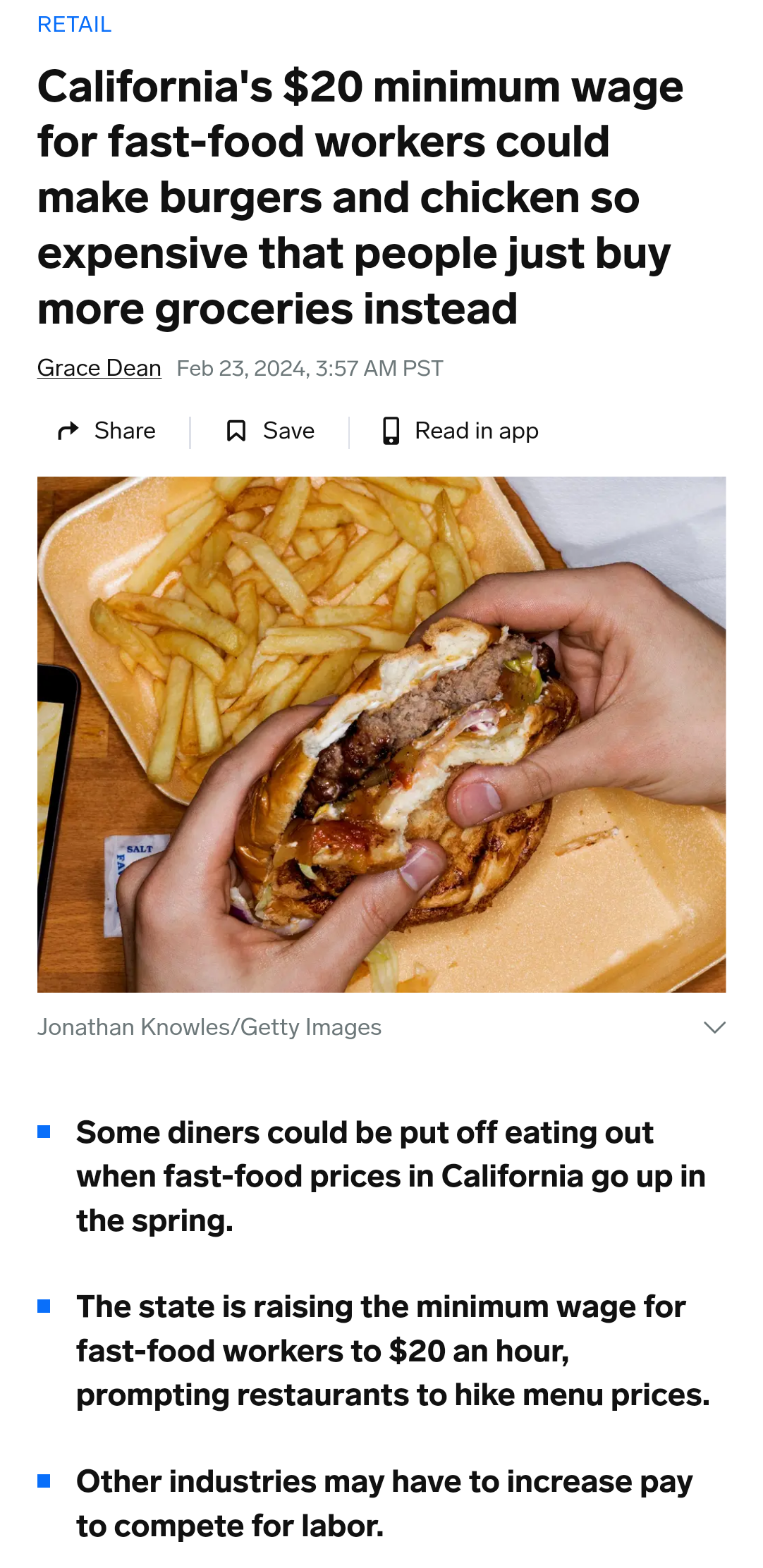the_dunk_tank
It's the dunk tank.
This is where you come to post big-brained hot takes by chuds, libs, or even fellow leftists, and tear them to itty-bitty pieces with precision dunkstrikes.
Rule 1: All posts must include links to the subject matter, and no identifying information should be redacted.
Rule 2: If your source is a reactionary website, please use archive.is instead of linking directly.
Rule 3: No sectarianism.
Rule 4: TERF/SWERFs Not Welcome
Rule 5: No ableism of any kind (that includes stuff like libt*rd)
Rule 6: Do not post fellow hexbears.
Rule 7: Do not individually target other instances' admins or moderators.
Rule 8: The subject of a post cannot be low hanging fruit, that is comments/posts made by a private person that have low amount of upvotes/likes/views. Comments/Posts made on other instances that are accessible from hexbear are an exception to this. Posts that do not meet this requirement can be posted to !shitreactionariessay@lemmygrad.ml
Rule 9: if you post ironic rage bait im going to make a personal visit to your house to make sure you never make this mistake again
view the rest of the comments

The Soviet Union had achieved this 90 years ago, people didn't need to cook at home anymore. They had professionals preparing good food on cheap popular restaurants. No worker exploitation needed.
Could you provide some sources on this subject?
In poland, "milk bars" were created, which were basically just cafeterias serving homely food very cheaply. The name refers to the fact you would not be served alcohol as in a "traditional" restaurant and the menu had a ton of dairy. Hell, even after the transformation, they continued to exist and were often a good way for students and workers to get cheap lunch.
But people still cooked at home. Cooking is part of culture after all, and I actually disagree with the take that cooking for yourself is some recent capitalist invention.
In Anna Louise Strong's This Soviet World (which you can find on libgen), she describes how the factory became a hub of life for the Soviet worker, far beyond just a place of work. From how she described it, they were practically small cities, with attached daycare centers for the workers' children, full cafeterias for the workers to eat their meals at, along with classrooms where people could take and organize classes of any subject they wanted, and large meeting spaces to conduct political business.